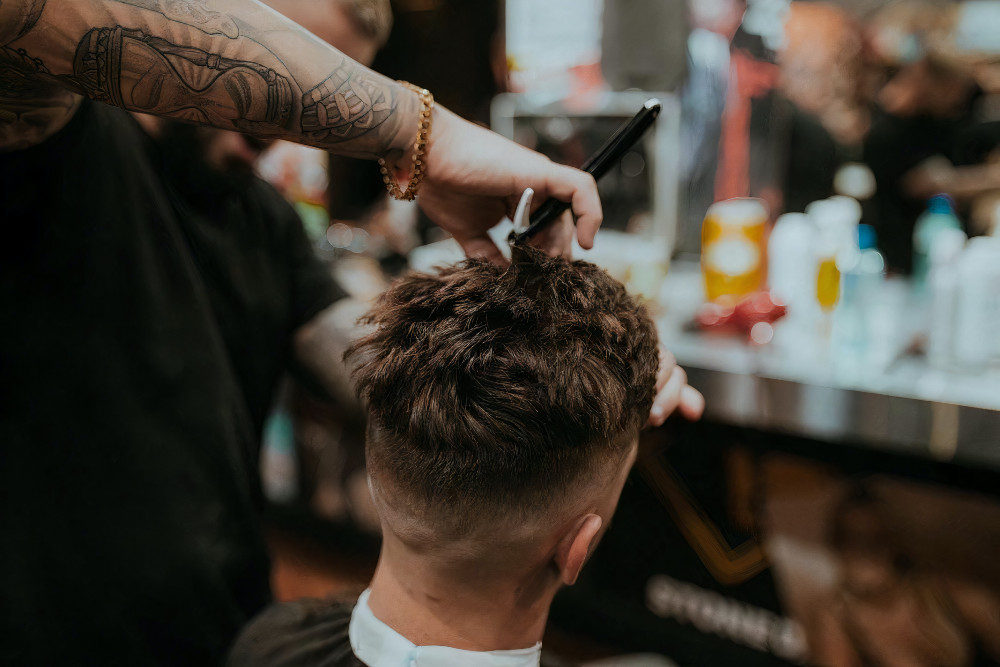Hair loss affects a significant number of people, and many of them are looking for effective solutions to restore their natural hair. Hair transplant surgery is one of the most popular methods of hair restoration, but not all hair transplants are created equal. In this article, we’ll explore the different types of hair transplants and discuss which one is the best for achieving natural-looking results.
Understanding Hair Transplants
A hair transplant involves taking hair follicles from one area of the scalp (known as the donor area) and transplanting them to another area where hair has stopped growing (known as the recipient area). The hair follicles are usually taken from the back or sides of the head, where the hair is typically more resistant to balding.
There are two primary methods of hair transplantation: follicular unit transplantation (FUT) and follicular unit extraction (FUE).
Follicular Unit Transplantation (FUT)
Follicular unit transplantation (FUT) is a hair restoration technique where a strip of scalp is removed from the donor area and dissected under a microscope to create grafts containing individual hair follicles. These grafts are then transplanted into the recipient area, where they will start to grow new hair.
Advantages of FUT:
- Can harvest a larger number of grafts in a single session
- Can provide more consistent results
- Can be more cost-effective
Disadvantages of FUT:
- Leaves a linear scar in the donor area
- Longer recovery time
- Greater risk of complications such as nerve damage, infection, and bleeding
Follicular Unit Extraction (FUE)
Follicular unit extraction (FUE) is a minimally invasive hair restoration technique where individual hair follicles are extracted from the donor area using a small, punch-like device. The follicles are then transplanted into the recipient area using tiny incisions.
Advantages of FUE:
- No linear scar in the donor area
- Faster recovery time
- Lower risk of complications
Disadvantages of FUE:
- Can only harvest a limited number of grafts per session
- Can be more time-consuming and expensive
- Can result in less consistent results
Which Hair Transplant is Best for Natural-Looking Results?
Both FUT and FUE can provide natural-looking results, but the choice ultimately depends on the individual’s hair loss pattern, hair quality, and personal preferences.
In general, FUT may be more suitable for individuals with extensive hair loss and thicker hair, as it can harvest a larger number of grafts in a single session. FUT can also provide more consistent results due to the way the grafts are prepared under the microscope.
On the other hand, FUE may be more suitable for individuals with early-stage hair loss, finer hair, and who prefer to avoid a linear scar. FUE can also be used to touch up areas where previous FUT transplants have left noticeable scars.
Factors that Influence Natural-Looking Results for Hair Transplants
While the choice of hair transplant method is important, other factors also influence the natural-looking results of a hair transplant. These include:
The skill and experience of the surgeon
The surgeon’s experience and skill in performing hair transplants can greatly affect the outcome. It’s essential to choose a surgeon who has a proven track record of producing natural-looking results.
The quality of the hair
The quality of the hair, such as its texture, curliness, and color, can also affect the naturalness of the result. The surgeon should carefully evaluate the quality of the hair and plan the transplant accordingly.
The recipient area
The recipient area should be carefully evaluated to ensure that the transplanted hair matches the natural growth pattern and density of the surrounding hair.
Post-operative care
Proper post-operative care is crucial for achieving natural-looking results. Patients should follow their surgeon’s instructions for caring for the transplanted area, such as avoiding strenuous activity, avoiding exposure to direct sunlight, and taking medication as prescribed.
Timing of the transplant
The timing of the transplant can also affect the naturalness of the result. Transplants performed too early or too late in the hair loss process may result in an unnatural-looking appearance
